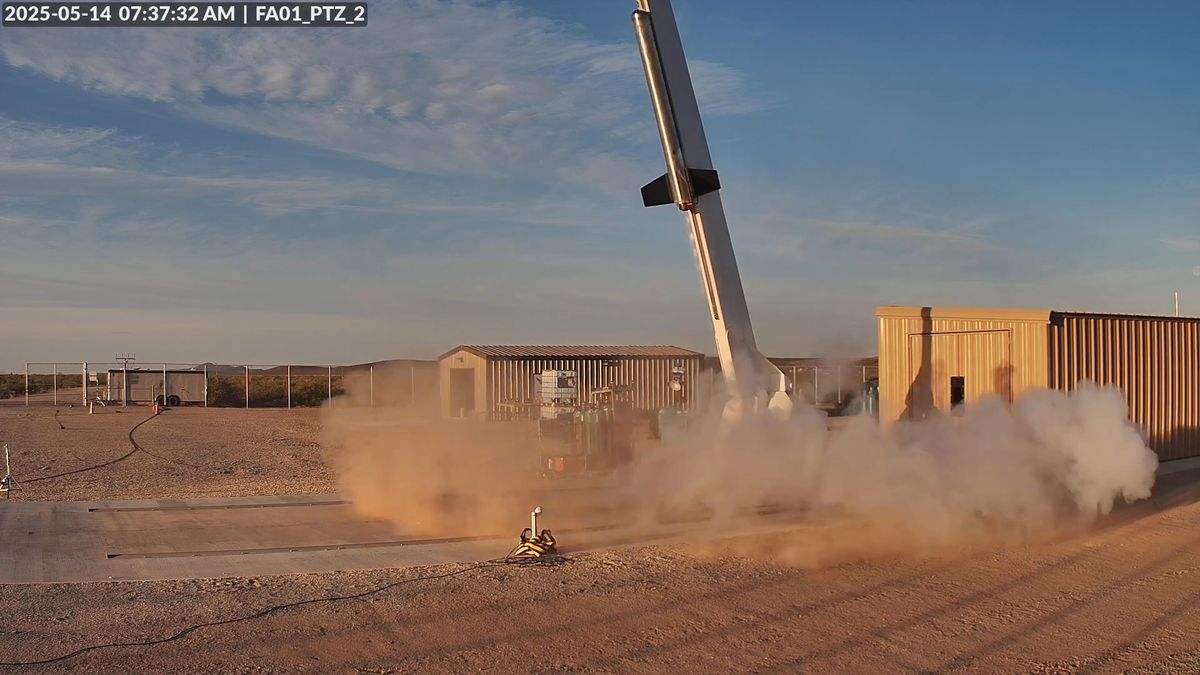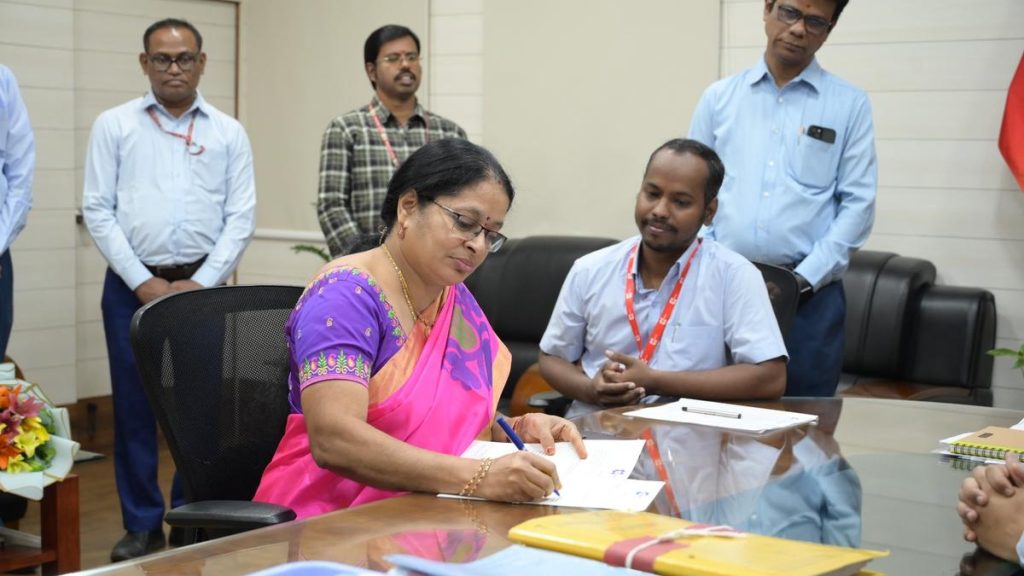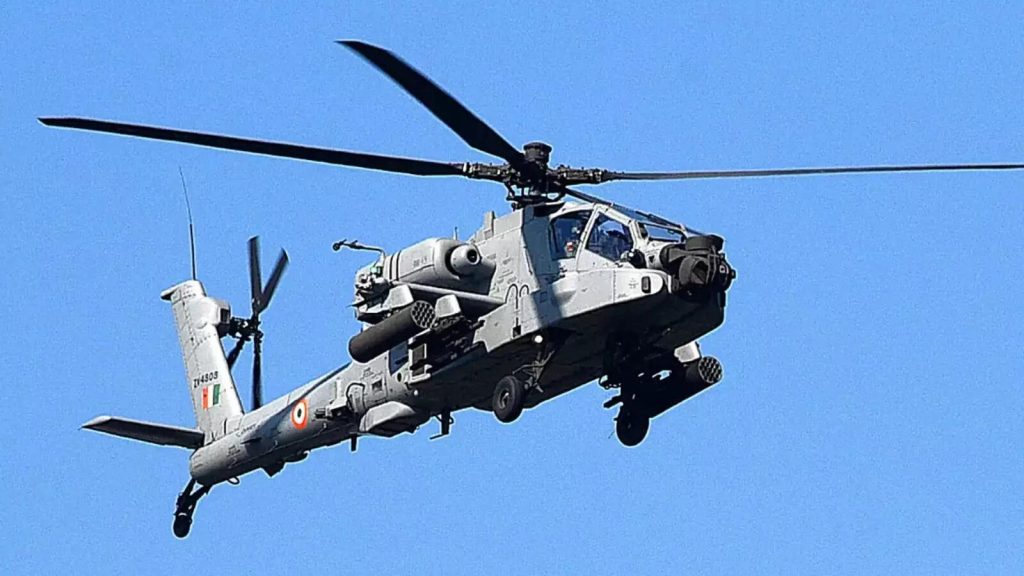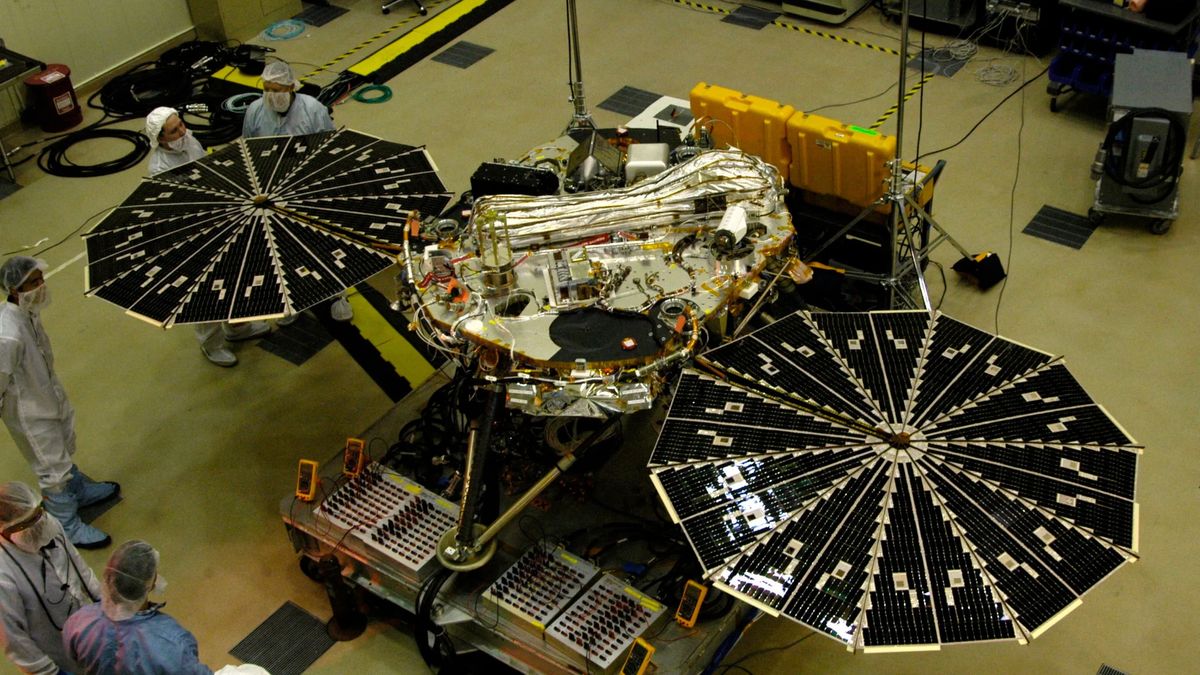Now Reading: Venus Aerospace Unveils Breakthrough Rocket Engine with Landmark First Flight
-
01
Venus Aerospace Unveils Breakthrough Rocket Engine with Landmark First Flight
Venus Aerospace Unveils Breakthrough Rocket Engine with Landmark First Flight

Quick Summary
- Venus aerospace, a Houston-based startup, successfully conducted the first-ever test flight of a rotating detonation rocket engine (RDRE) in the U.S.on May 14, 2025.
- The test launch occurred at Spaceport America in New Mexico, with lift-off at 9:37 a.m. EDT.
- The RDRE uses advanced technology to produce higher pressure and efficiency compared to conventional engines, offering greater thrust with less fuel consumption.
- CEO Sassie Duggleby stated that the milestone demonstrates the feasibility of RDRE under real flight conditions and represents five years of progress work.
- CTO Andrew Duggleby emphasized scalability as key for future applications and hypersonic flight potential beyond laboratory settings.
- Venus plans to integrate RDRE with it’s VDR2 air-breathing detonation ramjet for sustained hypersonic flight at speeds up to Mach 6 without boosters.
- Future steps include full-scale propulsion testing and development of their reusable passenger aircraft Stargazer M4 capable of reaching Mach 4.
Indian opinion Analysis
Venus Aerospace’s breakthrough in successfully testing an RDRE marks significant progress toward enduring high-speed air travel and innovative propulsion systems. For India-an emerging space player-the evolution of hypersonic technologies presents opportunities for collaboration or competitive benchmarking against global advancements.Hypersonic engines like RDRE could revolutionize defense capabilities and commercial space endeavors if adapted effectively within India’s robust aerospace programs such as ISRO or DRDO.
Moreover, deployments similar to fused RDREs could pave pathways toward eco-kind alternatives necessitated by increasing climate concerns worldwide-including India’s ambitions around reducing carbon emissions from aviation sectors. This achievement reiterates how technological investments can act as catalysts for cross-domain innovation vital for national readiness in cutting-edge aerospace arenas.




























